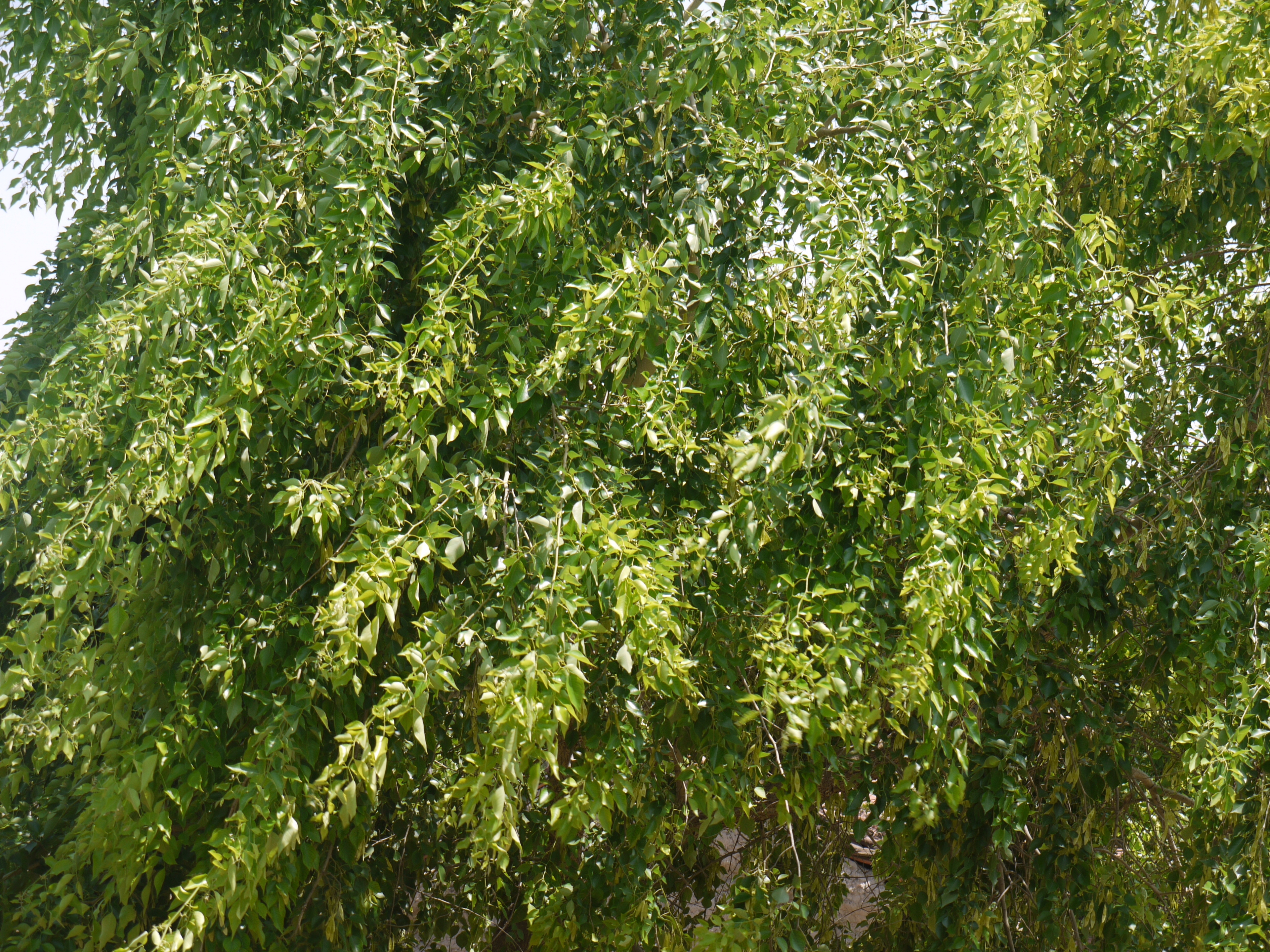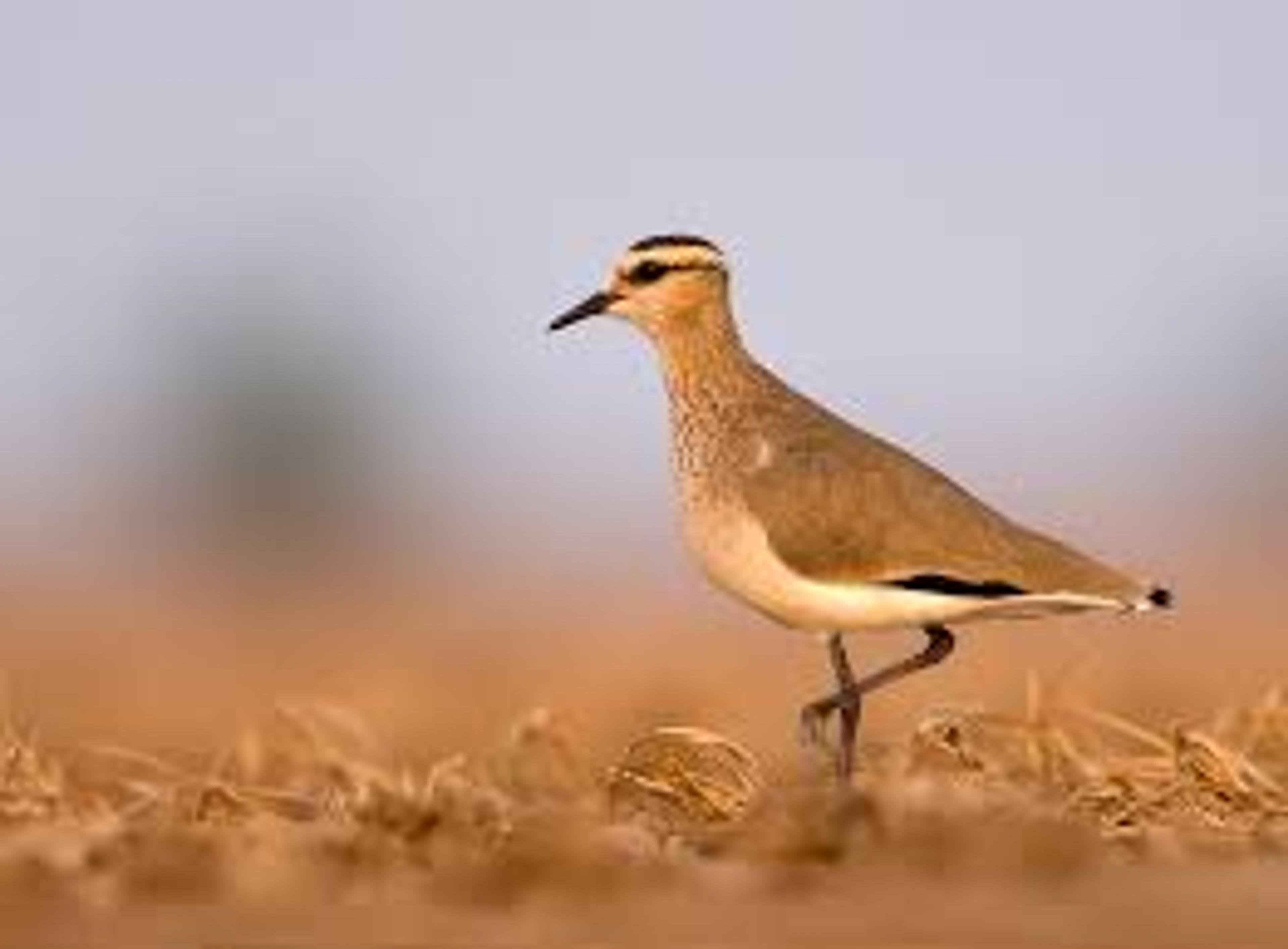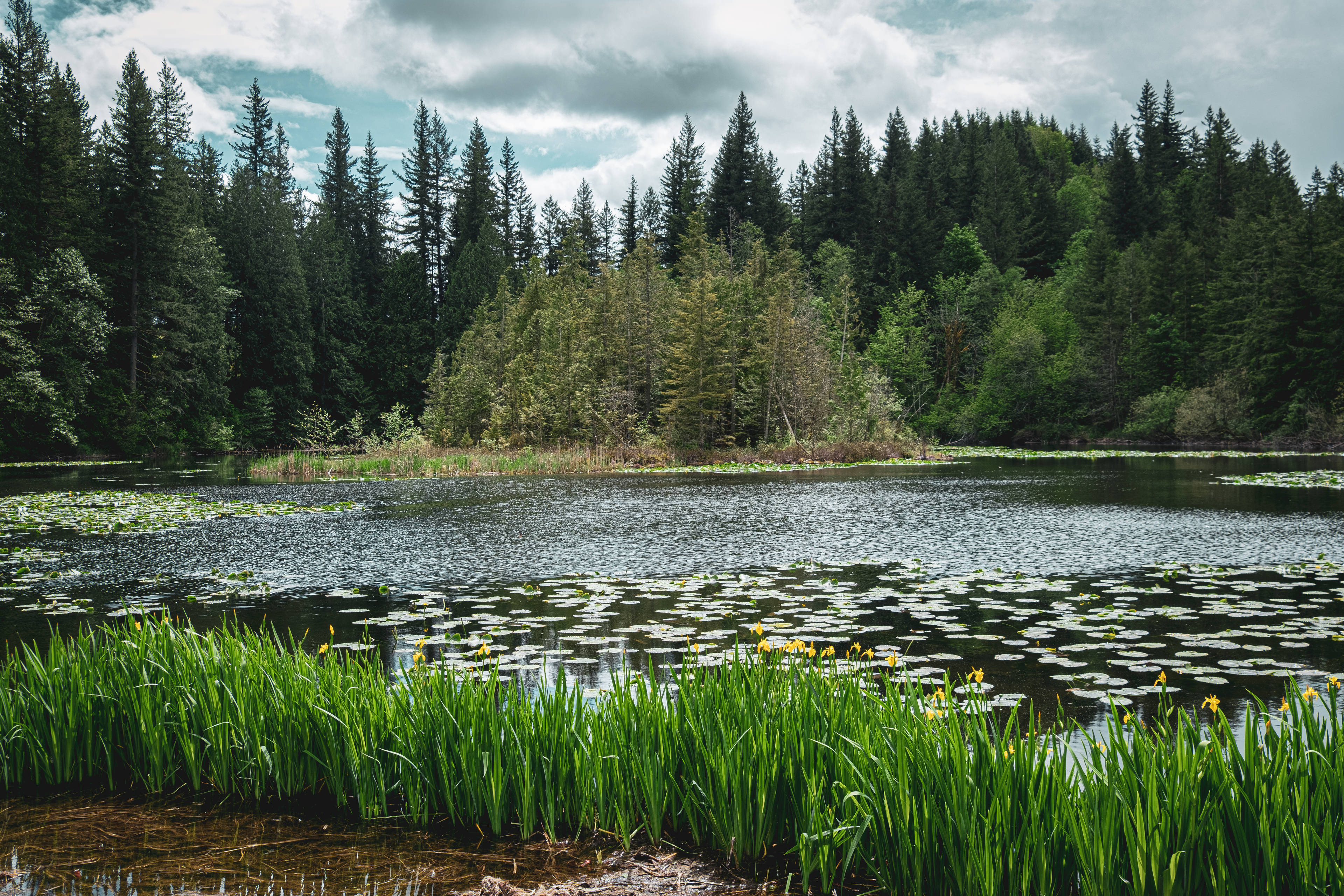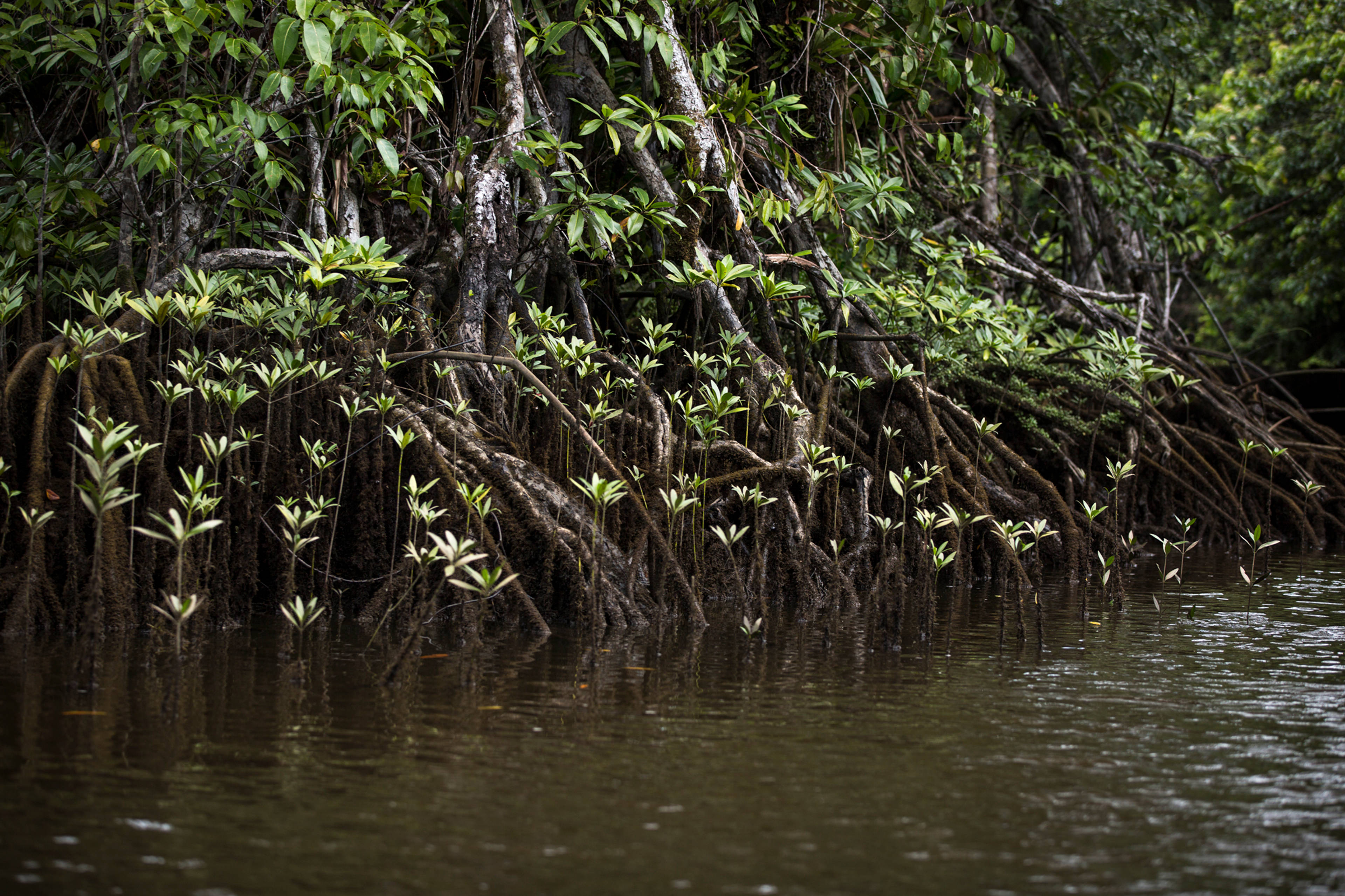Transforming barren land into forests to support farming activities, improve soil health, and increase water.
The project began tree planting on July 15, 2008, across 13 sites in the state of Uttar Pradesh, totaling 189 hectares of land restored. They were either “usar” lands, areas adversely affected by high salinity, or ravines near waterways where topsoil had been washed away. Both types of land need dedicated efforts to become fertile again.
The farmers of IFFDC are poor and cannot afford to plant trees themselves; over 90% of members own less than 2 hectares of land or are landless. The project paid community members to create the optimal environment for the trees, including soil treatments and earthworks depending on the tree species. They selected high-quality seedlings across six tree species to maximize success and continue to maintain the land with activities like irrigation, hoeing, and weeding.
The IFFDC paid for the up-front costs and 23% of project revenue goes back to this entity. Their main goals include livelihood enhancement, poverty reduction, and improving community health fueled by community action. The IFFDC focuses on female farmers, who comprise 30% of the co-operative. As the lands are restored, farmers can use the land for crops, agroforestry, and animal husbandry.

More than 75% of the trees planted across farms are native species.












